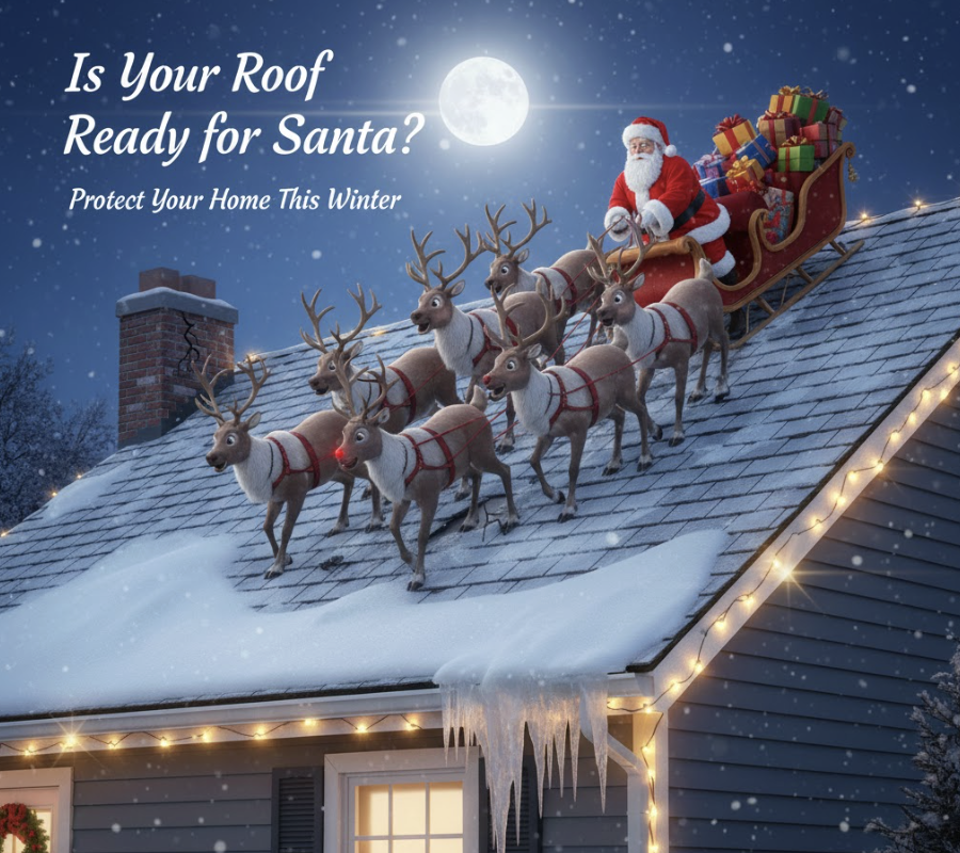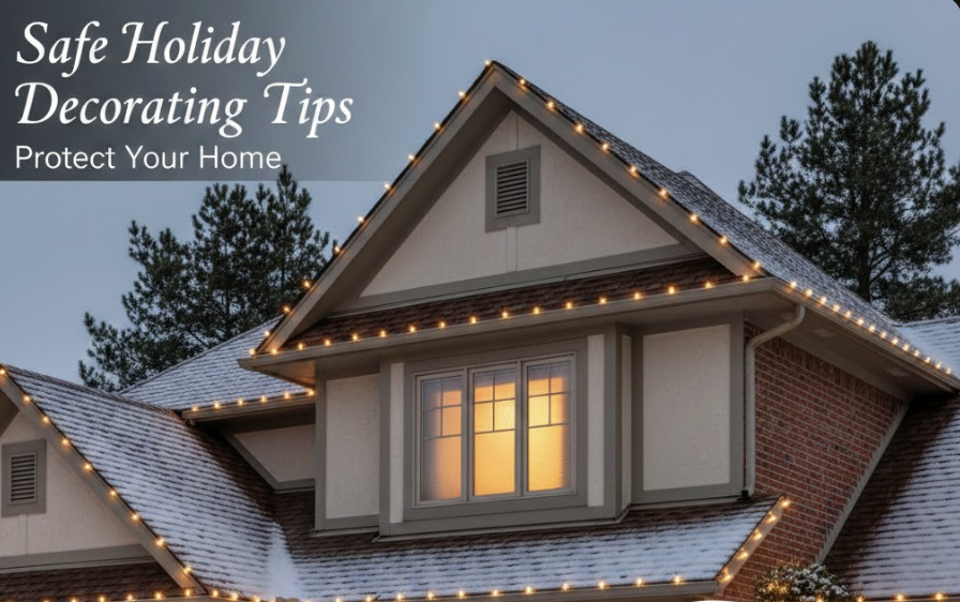When most people hear roof problems, they think of missing shingles or storm damage. However, some of the biggest threats to roofs are actually invisible. This includes trapped air inside the attic. That’s right. Poor ventilation does not only affect comfort, but it can also hurt your home’s energy efficiency, shorten the lifespan of your roof, and even make winters colder.
Ventilation
A well ventilated attic allows fresh air to flow in through soffit vents and back out through ridge or gable vents. This movement of air helps regulate attic temperature and reduces moisture buildup. Without it, heat and humidity can get trapped year-round, causing problems in every season.
Attics Temperature
Even in cold months, your attic can overheat if warm air from your living space seeps in and has nowhere to escape. This heat melts snow on your roof, which then refreezes at the edges, forming ice dams. Ice dams trap water behind them, allowing it to seep under shingles and into your home.
Summer Heat, Winter Bills
Heat rises. In warmer months, trapped heat can climb to 150°F or more. This can result in shingles overheating from below, making your cooling system work overtime. Come winter, poor ventilation can lead to cold being trapped and damp air that reduces insulation effectiveness, forcing the heater to run longer and raising costs.
Protecting Your Roof Year-Round
Proper attic ventilation:
Extends the life of your roofing materials
Reduces the risk of ice dams and leaks
Helps insulation perform as intended
Keeps energy bills more predictable
If you find that you have excessive attic heat in summer, frost in winter, or uneven temperatures in your home, your ventilation system may need attention. A roofing professional can inspect your vents, insulation, and attic airflow to keep your roof—and your energy bills—in good condition year round. If you need a free inspection, call us today!






